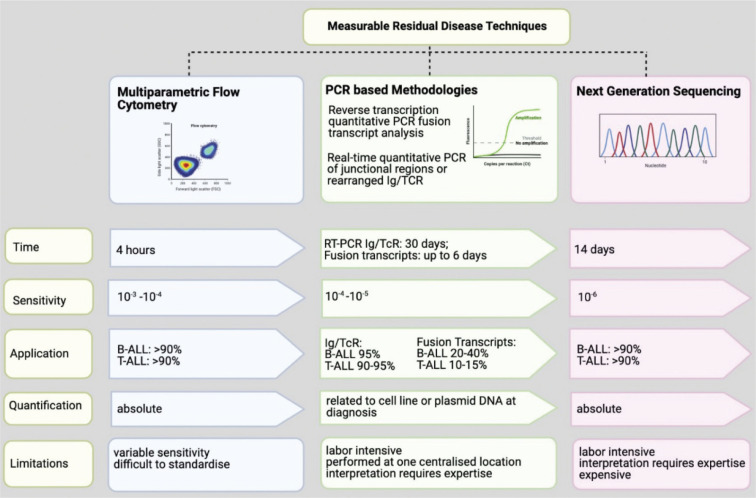How I Use Measurable Residual Disease in the Clinical Management of Adult Acute Lymphoblastic Leukemia.
Clinical Hematology International
Pub Date : 2021-11-29
eCollection Date: 2021-12-01
DOI:10.2991/chi.k.211119.001
引用次数: 6
Abstract
Over the last decade the use of measurable residual disease (MRD) diagnostics in adult acute lymphoblastic leukemia (ALL) has expanded from a limited number of study groups in Europe and the United States to a world-wide application. In this review, we summarize the advantages and drawbacks of the current available techniques used for MRD monitoring. Through the use of three representative case studies, we highlight the advances in the use of MRD in clinical decision-making in the management of ALL in adults. We acknowledge discrepancies in MRD monitoring and treatment between different countries, reflecting differing availability, accessibility and affordability.


如何在成人急性淋巴细胞白血病的临床治疗中使用可测量的残留病。
在过去的十年中,在成人急性淋巴细胞白血病(ALL)中使用可测量残留病(MRD)诊断已经从欧洲和美国的有限研究组扩展到世界范围的应用。在这篇综述中,我们总结了目前可用的MRD监测技术的优点和缺点。通过使用三个代表性的案例研究,我们强调了在成人ALL管理的临床决策中使用MRD的进展。我们承认不同国家在耐药药物监测和治疗方面存在差异,反映了可获得性、可及性和可负担性的差异。
本文章由计算机程序翻译,如有差异,请以英文原文为准。
求助全文
约1分钟内获得全文
求助全文

 求助内容:
求助内容: 应助结果提醒方式:
应助结果提醒方式:


